Tummy Tuckconveniently located to serve Springfield MA
Tummy Tuck Surgery Services
Tummy tuck, or abdominoplasty, is a surgical procedure I perform to remove excess skin and fatty tissue from the middle and lower abdomen and to tighten muscles of the abdominal wall. During a tummy tuck the belly button is not removed, but it is floated using a small incision to free it from the surrounding skin. When skin above the belly button is pulled and trimmed to remove excess, I can create a new opening in the tightened skin to suture the belly button in place. This helps to insure that the position and shape of the belly button looks natural and proportional to the rest of the belly. A tummy tuck procedure is not a surgical treatment for being overweight. Obese individuals who intend to lose weight should postpone all forms of body contouring surgery until they have reached a stable weight.
Quick links:
Tummy Tuck FAQs
All photos are of procedures performed by Dr. Melissa Johnson
Am I a good candidate for a tummy tuck?
A tummy tuck firms and tightens your abdominal wall by removing any excess skin and tightening the muscles. Therefore, it is recommended that you be at an ideal body weight to achieve the best result. If you are actively losing weight, we recommend your weight be stable before undergoing any body contouring procedure. If you note excess skin or fat of the abdominal wall, or if your abdominal muscles have separated or weakened over time, you may be a good candidate for a tummy tuck. During your consultation, we will provide you with our expert opinion on whether you are a good candidate. We will discuss the surgical process along with any possible risks and complications of the surgery.
How should I prepare for my tummy tuck consultation?
Researching body lift on reputable internet sites such as the American Society for Aesthetic Plastic Surgery and the American Society of Plastic Surgeons can be very informative to help provide basics about the surgery and your recovery. However, the best information will be obtained by making an appointment and speaking with Dr. Johnson. At the time of your consultation it may also be helpful to review before and after photos of patients who have had the procedure. Know your surgical expectations so you can discuss them fully. If you are a smoker, we recommend you quit to help reduce the risk of wound healing complications. We also recommend a healthy lifestyle to aid your recovery process.
Will I be seen by the surgeon?
Yes. Dr. Johnson will meet with you and she will discuss all your surgical options. Dr. Johnson will provide you with the necessary information so that you feel confident and comfortable with your surgical decision.
Is the plastic surgeon board certified?
Yes. Dr. Johnson is board certified by the American Board of Plastic Surgery, is a fellow of the American College of Surgeons, and is a proud member of the American Society of Plastic Surgeons. Additionally, she is a member of the American Society for Aesthetic Plastic Surgery, which recognizes surgeons who specialize in cosmetic plastic surgery.
Will I be charged for an initial consultation?
Yes. There is a $200 cosmetic consultation fee. If you choose to have surgery with Dr. Johnson, the $200 will go towards the surgical fee.
Are there different types of abdominoplasty procedures?
A classic tummy tuck is done with a horizontal incision above the pubic area that extends from one pelvic bone to the other. In many instances a second incision around the umbilicus is needed to remove any loose skin above the umbilicus. The abdominal muscles are tightened if needed. Another variation to the tummy tuck procedure is a mini-abdominoplasty. This procedure is recommended for patients who have a small amount of loose skin below the umbilicus. In many instances this procedure does not require an incision around the umbilicus. Liposuction may be recommended in addition to a tummy tuck to contour the abdominal wall. Drains are placed to help prevent seromas (fluid collections) under the skin.
What is the surgical process for abdominoplasty?
The surgery is performed at a hospital. During surgery you will receive general anesthesia. The surgery will take between 2-3 hours. Once you are awake you are taken to the recovery room for another 1-2 hours. Our recommendation is that you spend one night in the hospital.
Are there risks involved with tummy tuck?
Yes, there are risks with any surgical procedure. Some of the possible risks with a tummy tuck are pain, infection, wound healing complications, hematoma/seroma, unsatisfactory results or scars that may require a revision surgery.
Where will my abdominoplasty procedure be performed?
Dr. Johnson has privileges at Baystate Medical Center and Mercy Medical Center. Both are surgical facilities in Springfield, MA, accredited by the Joint Commission, and have been awarded the Gold Seal of Approval.
What is the recovery process after abdominoplasty?
The first few days you may feel tightness and/or pain of the abdominal wall. You will notice that the pain decreases with each passing day. You are sent home on pain medications which will decrease your discomfort. We will recommend that you wear an abdominal binder to provide compression and help minimize swelling. We will see you one week after surgery to evaluate your healing process and to possibly remove the drains. We request that you do no heavy lifting for at least one month following surgery.
Post-Operative Instructions for Abdominoplasty
(Download Printable PDF: Post-Operative Instructions for Abdominoplasty)
There may be information here that contradicts information on the general Post-Operative Instructions sheet. Any time this occurs, follow these procedure specific instructions. If you have any questions, please call the office at (413) 731-7877.
- Minimal activities for the first 4 days after surgery.
- Sleep on back with head of bed elevated. Use pillow to support abdominal wall when sitting up.
- You may ice your abdominal wall for the first week to decrease swelling and pain. Avoid heat to prevent a burn to the skin.
- You may change the gauze dressings as needed. You can use ABD pads or maxi pads.
- While drains are in place, you may sponge bath only.
- You should wear the abdominal binder at all times for 1 month.
- NO heavy lifting (greater than 15 pounds), pushing or pulling for 4 weeks after surgery.
- NO driving or working while on pain medications.
- You may take Tylenol for pain or Benadryl for itching if needed.
- Avoid Advil, Motrin, or Ibuprofen for the first week after surgery but you may take them any time after the 1st week.
You can expect:
- Drains to be in for 1-2 weeks after surgery.
- Sutures to dissolve.
- To return to non-strenuous work within 3-7 days.
- Moderate discomfort which should be relieved with pain medications.
- Moderate swelling of abdominal wall.
- Bruising around incision.
- Some bloody or clear drainage on dressings for the first week after surgery. Wear pad to keep clothes clean.
- Changes in skin sensation.
- Intermittent sharp stabbing pain to the abdominal wall as the skin nerves are repairing. This is temporary but may last for 3-6 months.
Call the office if you experience:
- Severe pain not relieved by pain medications.
- Increased swelling or firmness greater on one side than the other.
- Excessive drainage on dressings that is increasing.
- Incisions that appear to be opening.
- Any red, hot, or pus containing areas.
- A fever greater than 101.5
- Call the office at any time with questions.
As time goes by and you are healing, the following apply:
- Most swelling, bruising and soreness resolves within 6-8 weeks.
- Return to strenuous activities in 4-6 weeks.
- The scar will continue to fade for up to 2 years
Some supplies that may be helpful to purchase prior to surgery:
- 1 box of gauze pads or maxi pads for dressing changes
- 1 bottle of antibacterial soap
- 1 roll of paper tape
- 1 tube of bacitracin ointment
**We require 48 hours for prescription refills. Please call in advance.
Will my insurance cover tummy tuck surgery
No. Contouring your abdominal wall is a cosmetic procedure. The insurance companies do not deem this procedure medically necessary and therefore it is not a covered procedure by insurance carriers.
Can I finance my tummy tuck procedure?
Yes. We offer patient financing through CareCredit or ALPHAEON CREDIT. See our Financing FAQs for more information.
What forms of payment are accepted?
We accept all major credit cards, debit cards, cash, money orders, and certified bank checks, or you can finance through CareCredit.
Can I make payments online?
Yes. You can make credit card payments securely online.



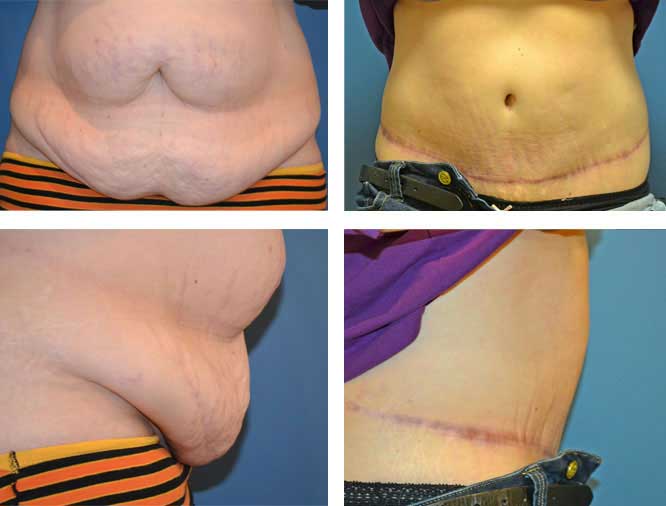 Abdominoplasty #1
Abdominoplasty #1
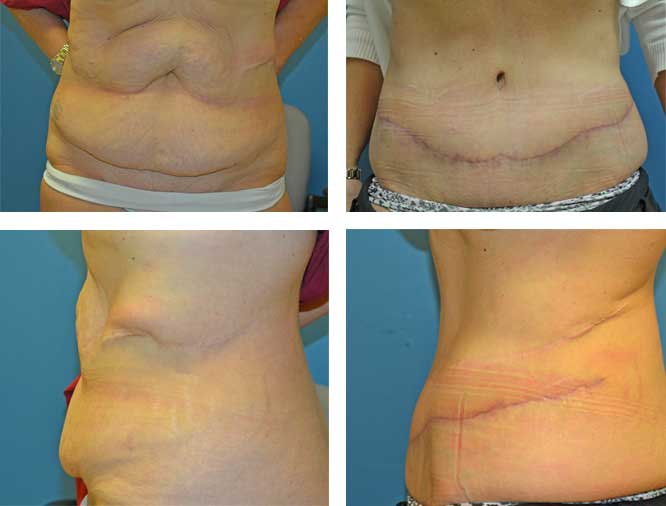 Abdominoplasty #2
Abdominoplasty #2
 Abdominoplasty #3
Abdominoplasty #3
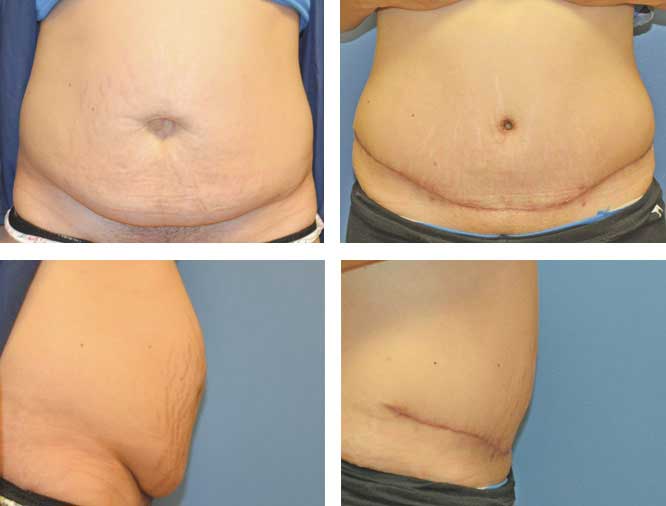 Abdominoplasty #4
Abdominoplasty #4
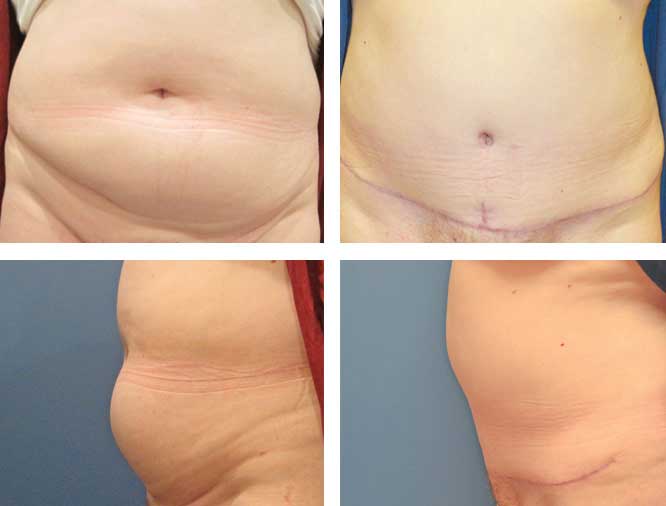 Abdominoplasty #5
Abdominoplasty #5
 Abdominoplasty #6
Abdominoplasty #6
 Abdominoplasty #7
Abdominoplasty #7
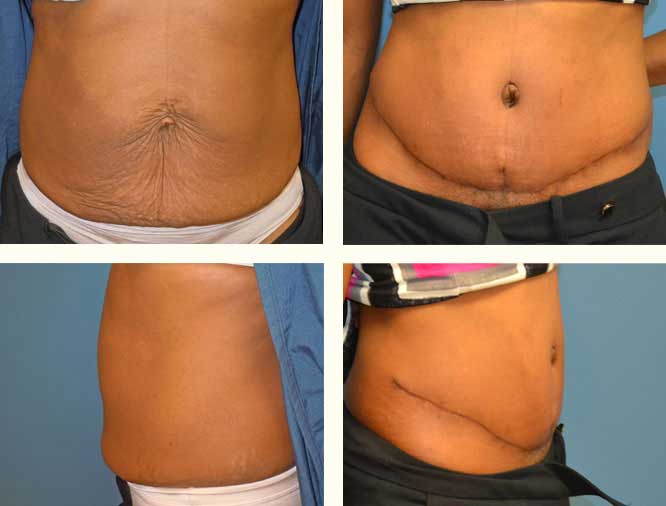 Abdominoplasty #8
Abdominoplasty #8
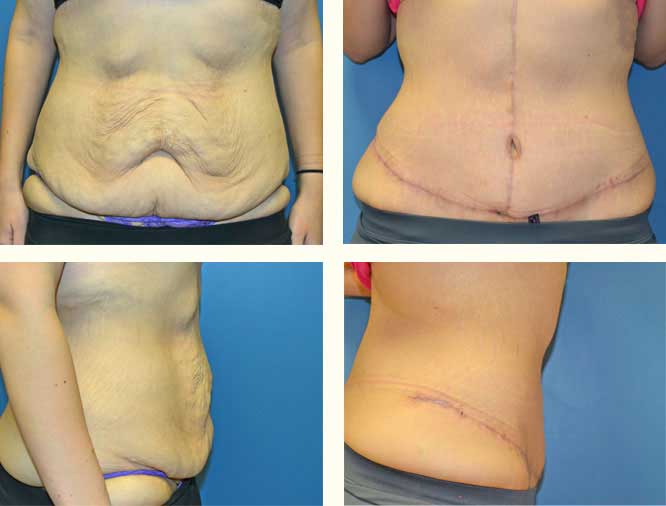 Abdominoplasty #9
Abdominoplasty #9
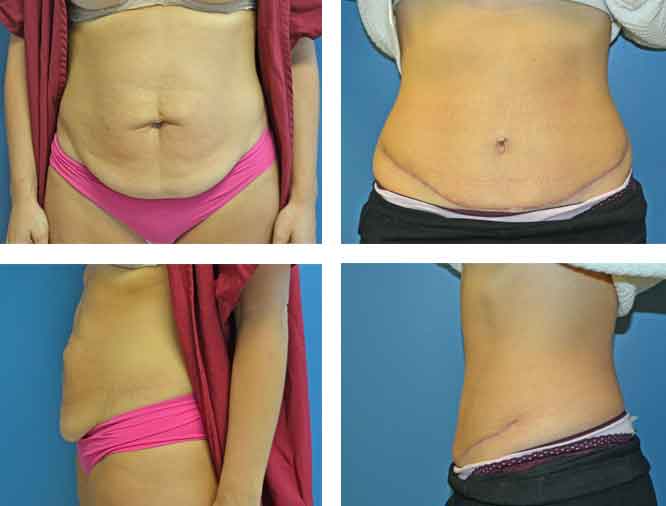 Abdominoplasty #10
Abdominoplasty #10
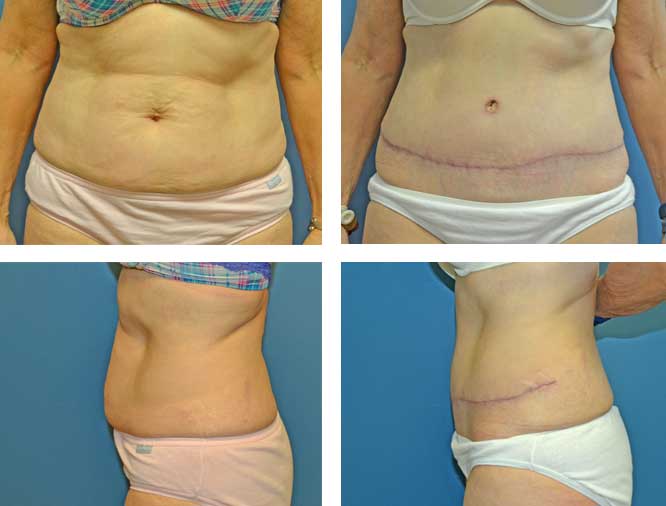 Abdominoplasty #11
Abdominoplasty #11
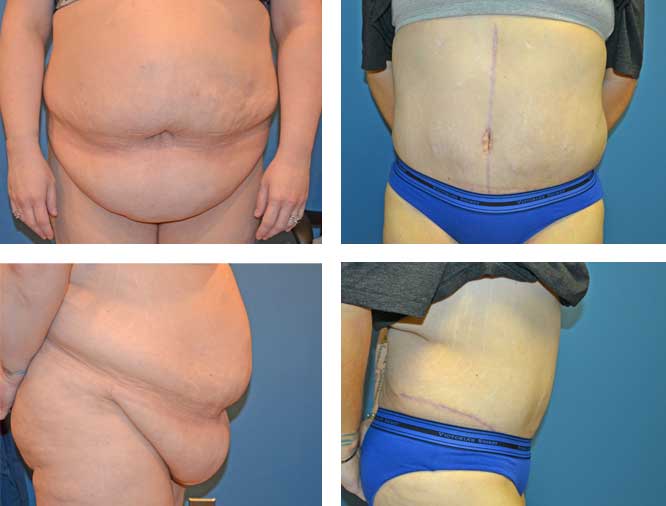 Abdominoplasty #12
Abdominoplasty #12